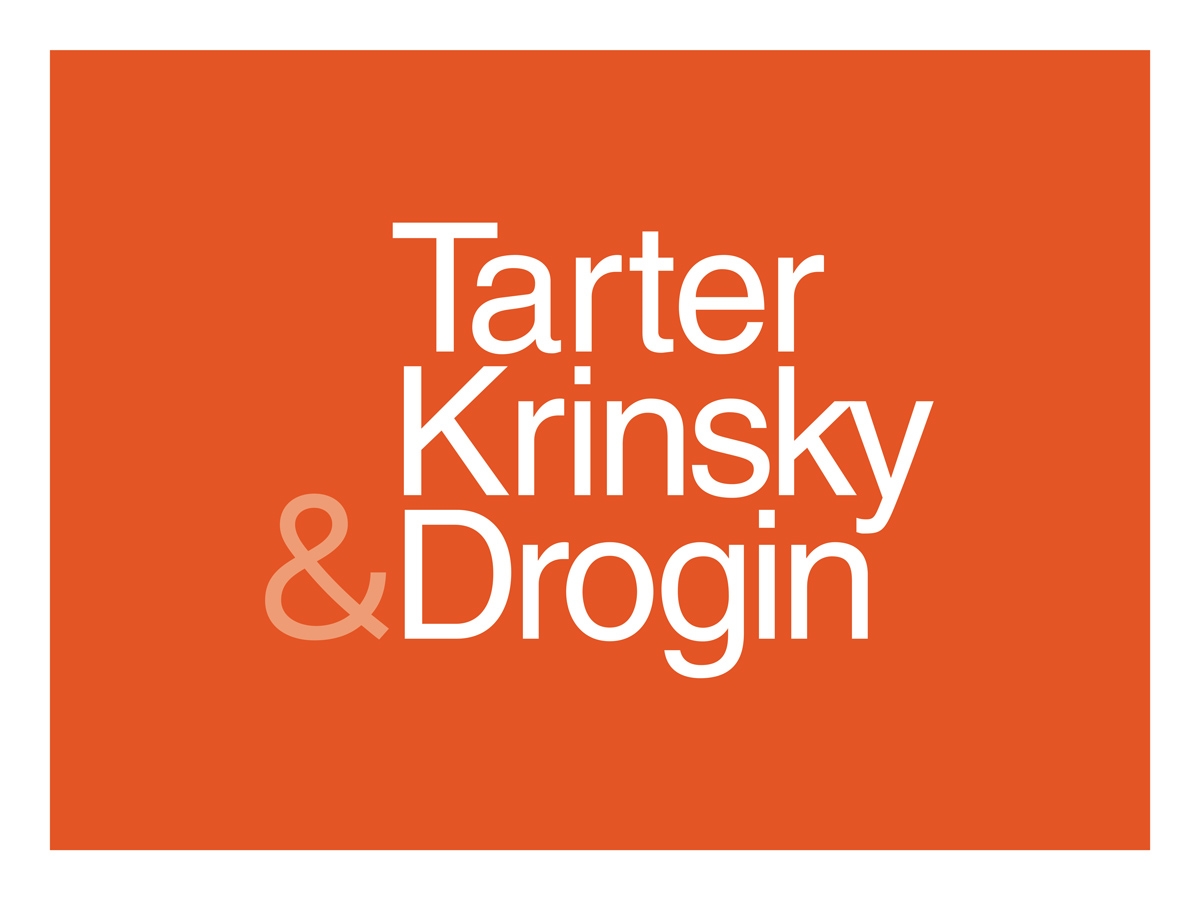The Judicial Response to Eligibility Post-Hantz | BakerHostetler
On March 20, the United States Court of Appeals for the Federal Circuit issued a short non-precedential opinion that, among other things, found that a motion to dismiss based on patent ineligibility under 35 U.S.C. § 101 extended only to claims explicitly addressed in the operative complaint. See Hantz Software, LLC v. Sage Intacct, Inc., No. 2022-1390, 2023 WL 2569956, at *1 (Fed. Cir. Mar. 20, 2023). My esteemed colleague already addressed this seemingly minor but practically important opinion. See Alaina J. Lakawicz, The Scope of Eligibility, IP Intelligence (Mar. 28, 2023).
But how have district courts responded to this opinion? And what, if any, strategies can parties use going forward?
Unsurprisingly, a judge in the District of Delaware was the first (and as of this writing, only) judge to comment on the effects of Hantz in two similar opinions issued the same day. In Buffalo Patents, LLC v. Spotify USA Inc., the plaintiff asserted “at least Claim 38” of U.S. Patent No. 6,839,417 (“the ’417 Patent”) in its complaint. C.A. No. 22-1335 (MN), D.I. 36 at 1 (D. Del. Apr. 10, 2023). After some procedural posturing, the defendant moved to dismiss all claims of the ’417 Patent as directed to patent ineligible subject matter under Section 101. Id. Judge Maryellen Noreika, citing Hantz, found “it inappropriate to address at the motion to dismiss stage the patent eligibility of all claims of the ’417 Patent, particularly where the operative pleading only asserts ‘at least Claim 38 of the ’417 Patent’ and Defendant had not filed any counterclaim of invalidity that challenges the patent eligibility of all claims of the ’417 Patent.” Id. at 2.
The court also stated, in a footnote, “that it is not an efficient use of time to address the patent eligibility of these [i.e., all] claims at this stage because the asserted claims will be narrowed through the parties’ disclosures and discovery and, as such, at least some of the claims subject to Defendant’s § 101 motion will not be in issue at later stages of the case (including at trial).” Id. at 2 n.2.
Similarly, in Parity Networks LLC v. Netgear, Inc., the defendant moved to dismiss all claims from two asserted patents under Section 101. C.A. No. 22-1521 (MN), D.I. 22 at 1 (D. Del. Apr. 10, 2023). Again citing Hantz, Judge Noreika found that the only claims at issue were the specific asserted claims in the complaint and that it was both inappropriate to address all claims in view of Hantz and an inefficient use of the court’s time. Id. at 2 & n.1.
There are still many unresolved questions regarding Hantz that should be interesting to see developed through litigation. For example, if a defendant moves to dismiss under Section 101 and at the same time files a counterclaim of invalidity of all claims, would the courts consider all claims in its invalidity analysis? See, e.g., Hantz, 2023 WL 2569956, at *1 (addressing a motion to dismiss pursuant to Rule 12(b)(6) but noting the absence of any counterclaims of invalidity). Technically, the court should only consider the complaint under a Rule 12(b)(6) motion, and so will Rule 12(c) motions become the norm for early resolution of Section 101 issues?
Additionally, although there may be inefficiency in addressing all claims at the early stage of the case because case narrowing would result in at least some claims not being at issue in later stages of the case, there would certainly be inefficiencies if, for example, a plaintiff was able to later assert different claims than asserted in its complaint merely because the court did not address Section 101 issues for all claims of the patent from the outset. There could also be inefficiency if courts begin to decline addressing the potential representativeness of claims at the motion to dismiss stage when it concerns Section 101. By ignoring claims that were not explicitly asserted in the complaint but were sufficiently covered by a representative claim, courts may well be seeing those claims come up later, especially when complaints often assert that defendant infringes “one or more” or “at least” a single claim of the asserted patent. See Hantz, 2023 WL 2569956, at *1; Buffalo Patents, D.I 36 at 1.
The ramifications of the small but mighty Hantz opinion are still being worked out by the district courts. In the meantime, parties should carefully consider their options when it comes to early motion practice.
[View source.]





